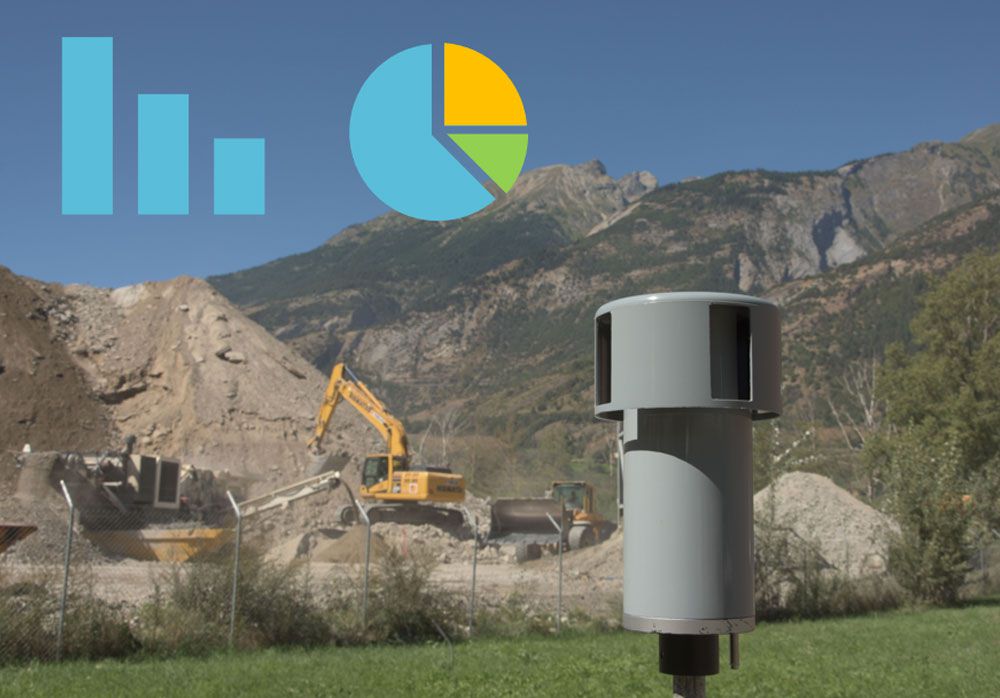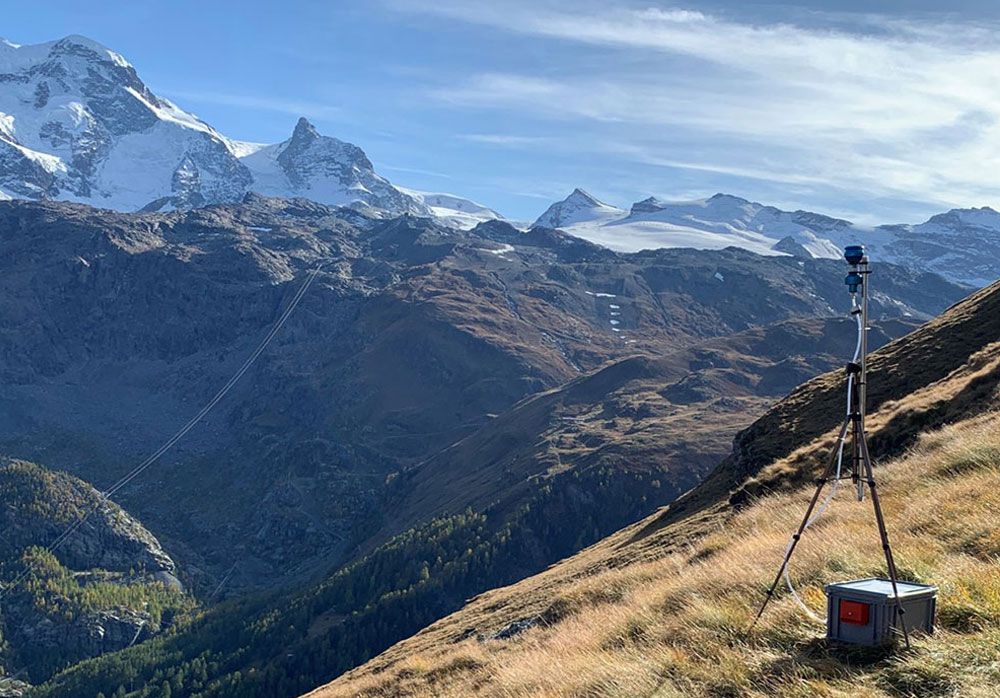

ENVIRONMENTAL MONITORING
We provide state-of-the-art source-differentiated air pollution monitoring solutions that help our partners take informed decisions in challenging settings.
LONG-TERM SOURCE-DIFFERENTIATED PM80, PM10, AND PM2.5 STUDIES AIMED TOWARDS IDENTIFYING IMMISSIONS BY
- Road traffic (e.g. brake, tire and road wear)
- Railway traffic (e.g. abrasion of wheels, brakes, and rails)
- Industry (source-specific fingerprints)
- Biogenic / organic matter (e.g. woodburning, polen, etc.)
- Agriculture
- Secondary pollutants (sulfate, nitrate, ammonium, etc)

SHORT-TERM PM IDENTIFICATION STUDIES AIMED TOWARDS
- Airborne pollution source exploration
- Airborne pollution sources identification
- Airborne pollution sources identification - seasonal variations
- Airborne pollution yearly monitoring + sources identification, linking to yearly particulate matter values & seasonal variations

Dust monitoring
Source-differentiated dust monitoring (coarse and fine dust) and determination of dust precipitation (LRV limits) at:
- urban, industrial and rural sites
- quarries and gravel pits
- construction sites/tunnels
By means of passive (Sigma-2 and Bergerhoff) or active PM10/PM2.5 sampling.
Abrasion particles from traffic
Characterization and quantification of non-exhaust particles in air and water samples:
- tire wear (microplastic, micro-rubber)
- brake wear
- road wear
- road marking
Analysis of fine dust
Active and passive measurements:
- Analysis of PM2.5 and PM10 (gravimetry following CEN EN 12341)
- PM2.5 and PM10 characterization with automated SEM/EDX (ASPA MC2®)
- EC/OC (TOT), water soluble ions (IC) and element composition (ICP-MS/AES)
Source apportionment of dust
Development of measurement concepts:
- who or what has caused the particle pollution?
- what is the contribution of a specific source?
- solutions for dust abatement/control
